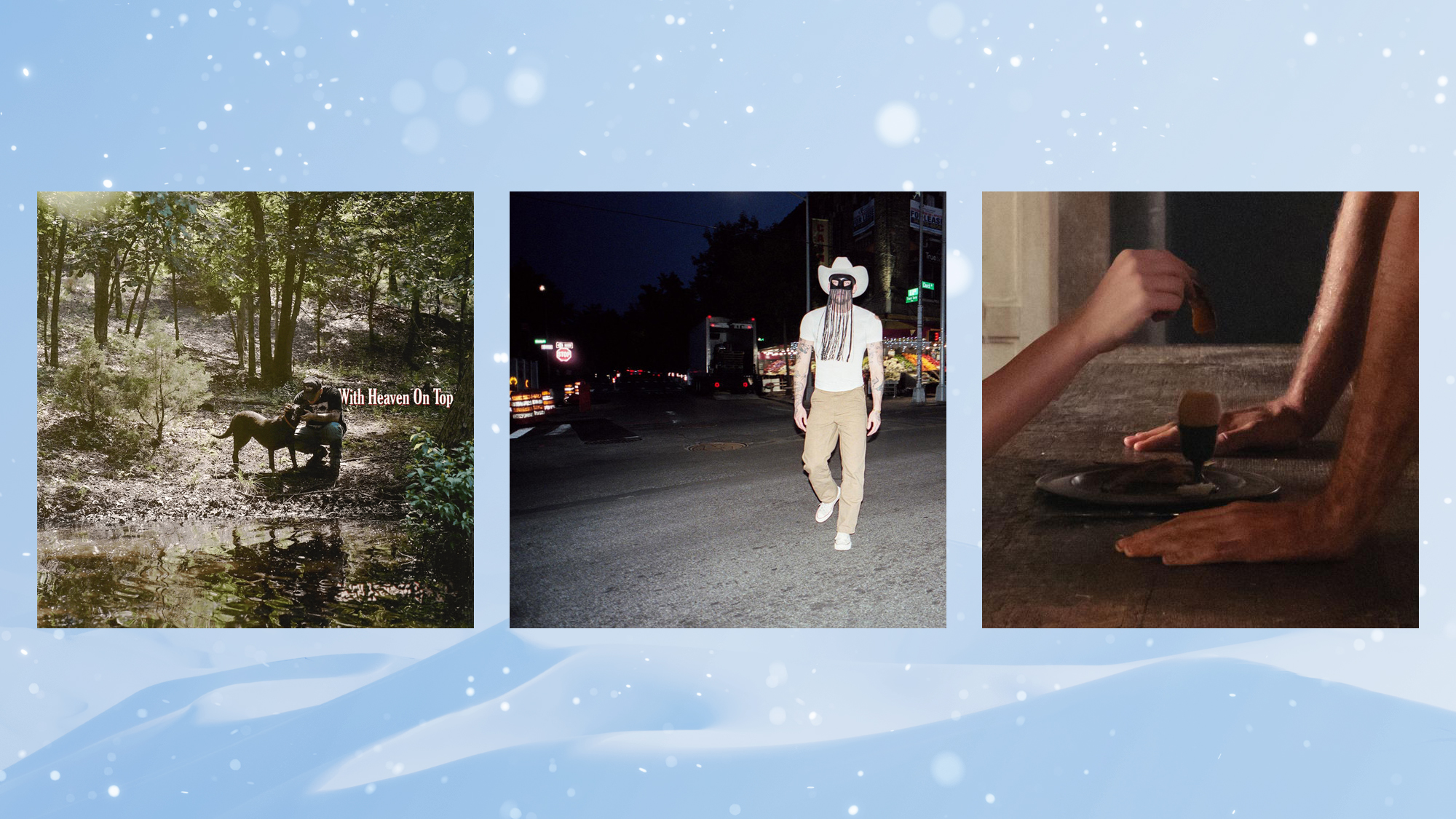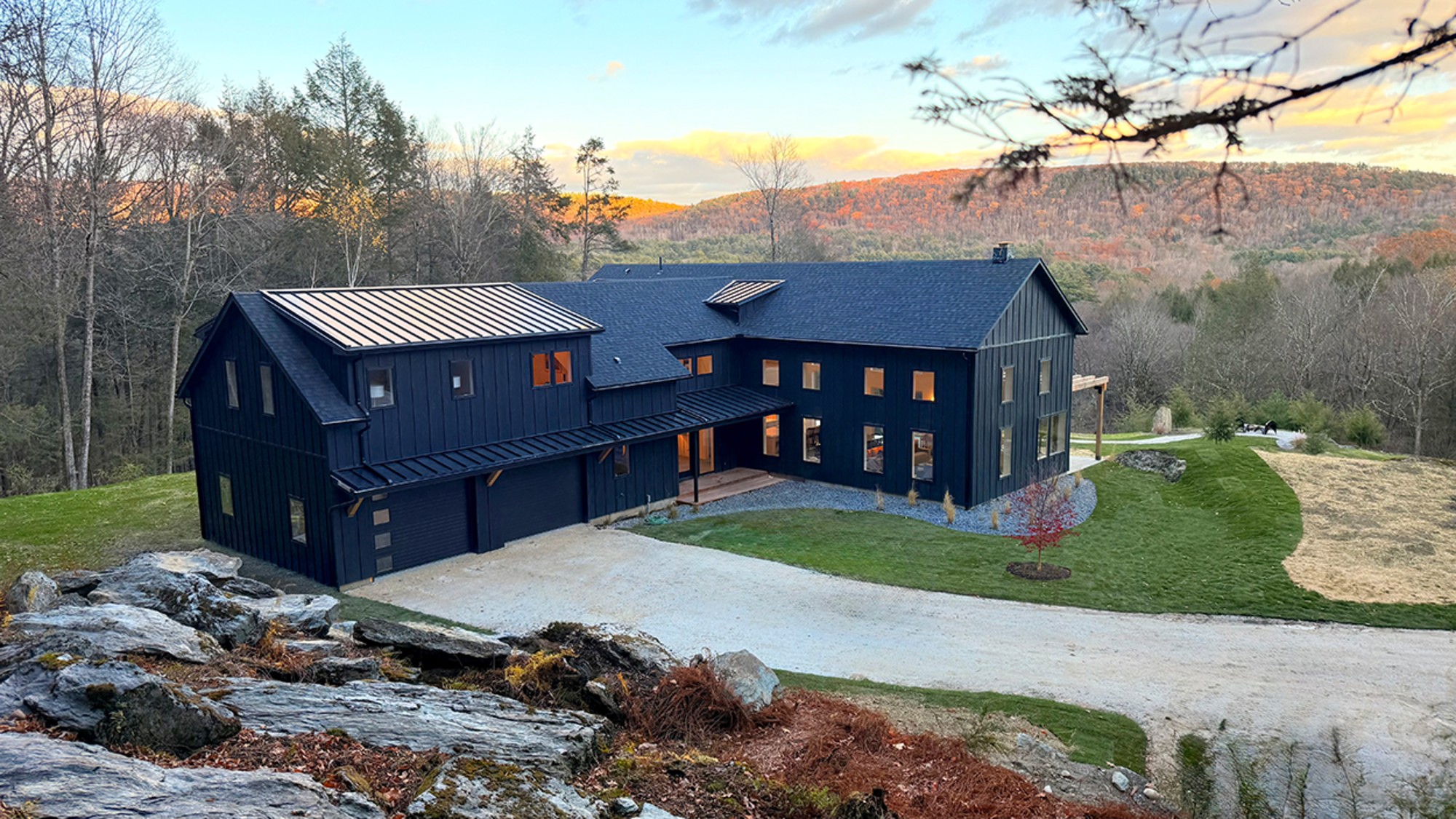Radical Harmony: a ‘luminous’ look at Neo-Impressionism
Paintings from the collection of Helene Kröller-Müller are on display at the National Gallery

It’s not a very inviting title, “Radical Harmony: Helene Kröller-Müller’s Neo-Impressionists”, said Nancy Durrant in the Times. “Do many people know what a neo-impressionist is – or, more to the point, who?” But actually, this is a lovely show, which fans of Georges Seurat will not want to miss. He and Paul Signac were leading lights of neo-impressionism, commonly known as “pointillism”, a movement rooted in the idea that certain colour combinations could suggest particular moods. They “used dots of pure colour, contrasted with opposing hues on the colour wheel – yellow with violet, orange with blue – to maximise luminosity, while prioritising the harmony and balance of a composition”. In short, they invented pixellation well avant la lettre. This exhibition is largely drawn from the holdings of the Dutch collector Helene Kröller-Müller. It contains some great pictures, not least a proto-futurist “large-scale image of an iron foundry” by Maximilien Luce, and Théo van Rysselberghe’s portrait of the painter Anna Boch. Personally, I find the painstaking precision of these artists “less thrilling” than the looser work of their impressionist predecessors, but it’s often beautiful nonetheless.
Seurat (1859-1891) “had kaleidoscope eyes”, said Jonathan Jones in The Guardian. “He saw in limitless colours that swarm and bubble on his canvases in galaxies of tiny dots.” Often choosing quite “barren subjects” – a rock, an empty harbour – he “found endless wonder in the most banal reality”, and used his observational powers to reinvent painting. He died aged just 31, but works here such as 1888’s sublime “Port-en-Bessin”, a Sunday “inspired a generation” of followers. Sadly, they weren’t nearly as talented as him, and not nearly as revolutionary as the exhibition makes them out to be. His disciple Signac, for instance, may have been politically radical, but as an artist he was anything but. “Most of the portraits here are highly conventional under a thin pointillist veneer.”
Detractors of the neo-impressionists called them “bubonistes” – plague spreaders, said Alastair Sooke in The Daily Telegraph. Critics thought that they were “responsible for the death of painting”, which “makes them sound more exciting and heavy-metal than they were”. The pointillists were, in fact, “clean and fastidious”, and sometimes rather “detached from messy human passions”. But there are luminous moments in this show, and “flashes of poetry”, too. These are best observed in the one genuine masterpiece here, Seurat’s “Le Chahut” of 1889-90. The work depicts the gas-lit interior of a Montmartre cabaret, with a quartet of can-can dancers on stage. In the corner lurks a “creepy” onlooker, complete with “porcine snout and phallic cane”, gazing upwards. “Le Chahut” is the principal reason for visiting this otherwise “demanding” and slightly disappointing exhibition.
The Week
Escape your echo chamber. Get the facts behind the news, plus analysis from multiple perspectives.

Sign up for The Week's Free Newsletters
From our morning news briefing to a weekly Good News Newsletter, get the best of The Week delivered directly to your inbox.
From our morning news briefing to a weekly Good News Newsletter, get the best of The Week delivered directly to your inbox.
The National Gallery, London WC2, until 8 February 2026, nationalgallery.org.uk
A free daily email with the biggest news stories of the day – and the best features from TheWeek.com
-
 Will Trump’s $12 billion bailout solve the farm crisis?
Will Trump’s $12 billion bailout solve the farm crisis?Today’s Big Question Agriculture sector says it wants trade, not aid
-
 ‘City leaders must recognize its residents as part of its lifeblood’
‘City leaders must recognize its residents as part of its lifeblood’Instant Opinion Opinion, comment and editorials of the day
-
 10 upcoming albums to stream during the winter chill
10 upcoming albums to stream during the winter chillThe Week Recommends As the calendar turns to 2026, check out some new music from your favorite artists
-
 It Was Just an Accident: a ‘striking’ attack on the Iranian regime
It Was Just an Accident: a ‘striking’ attack on the Iranian regimeThe Week Recommends Jafar Panahi’s furious Palme d’Or-winning revenge thriller was made in secret
-
 Singin’ in the Rain: fun Christmas show is ‘pure bottled sunshine’
Singin’ in the Rain: fun Christmas show is ‘pure bottled sunshine’The Week Recommends Raz Shaw’s take on the classic musical is ‘gloriously cheering’
-
 Holbein: ‘a superb and groundbreaking biography’
Holbein: ‘a superb and groundbreaking biography’The Week Recommends Elizabeth Goldring’s ‘definitive account’ brings the German artist ‘vividly to life’
-
 The Sound of Music: a ‘richly entertaining’ festive treat
The Sound of Music: a ‘richly entertaining’ festive treatThe Week Recommends Nikolai Foster’s captivating and beautifully designed revival ‘ripples with feeling’
-
 ‘Furious Minds: The Making of the MAGA New Right’ by Laura K. Field and ‘The Dream Factory: London’s First Playhouse and the Making of William Shakespeare’ by Daniel Swift
‘Furious Minds: The Making of the MAGA New Right’ by Laura K. Field and ‘The Dream Factory: London’s First Playhouse and the Making of William Shakespeare’ by Daniel SwiftFeature An insider’s POV on the GOP and the untold story of Shakespeare’s first theater
-
 Henri Rousseau: A Painter’s Secrets
Henri Rousseau: A Painter’s Secretsfeature Barnes Foundation, Philadelphia, through Feb. 22
-
 Homes with great fireplaces
Homes with great fireplacesFeature Featuring a suspended fireplace in Washington and two-sided Parisian fireplace in Florida
-
 Film reviews: ‘The Secret Agent’ and ‘Zootopia 2’
Film reviews: ‘The Secret Agent’ and ‘Zootopia 2’Feature A Brazilian man living in a brutal era seeks answers and survival and Judy and Nick fight again for animal justice